Lunghwa University of Science and Technology Hosts 2025 Taiwan Telecommunications Annual Symposium, Exploring Research Achievements in Related Professional Fields
Lunghwa University of Science and Technology hosted the 2025 Taiwan Telecommunication Annual Symposium on January 15 and 16 to foster academic exchange in the domestic telecommunications and electromagnetics disciplines. The event was the 112th Annual Research Presentation for the National Science and Technology Council's (NSTC) Telecommunications Division X-Project. The National Telecommunications Symposium, the Bridging the Future Electromagnetics Symposium, and the Information Theory and Communications Spring Symposium were the three primary sub-events of the conference. The conference featured research and NSTC project outcomes in the four main areas of “Electromagnetics,” “Communications,” “Signal Processing,” and “Networking.” The objective was to enhance Taiwan's international competitiveness by promoting technological innovation and advancement.
The symposium was organized by Lunghwa University of Science and Technology and guided by the NSTC Telecommunications Division. Dr. Ren-Hong Huang, Dean of the College of Artificial Intelligence at National Yang-Ming Chiao Tung University, moderated a panel discussion on the first day of the conference. Over 300 scholars, experts, and students from telecommunications, electromagnetics, and information convened to exchange information regarding technological applications and research advancements.
In his opening address, Tzu-Hsiang Ko, the President of LHU and the conference chair, underscored the fact that the electronics, telecommunications, and information industries have been among Taiwan's most dynamic and promising sectors for a long time, considerably contributing to economic output and employment. He observed that Lunghwa University of Science and Technology has been designated a Ministry of Education Industry Elite Training Demonstration Base and has received substantial support from government authorities. It is the sole private university in Taiwan to have established the following specialized training facilities, including 3D Digital Circuit Board Design and Smart Manufacturing Factory, 5G Communication Module Testing, and Adjusting Service Training Center, and High-Speed Transmission Interface Electronic Packaging Design and Testing Talent and Technology Center. These investments bridge the gap between academia and industry by providing students, faculty, and industry professionals with the necessary skills to excel in high-demand technical disciplines, thanks to the addition of specialized semiconductor research laboratories.
The research paper submissions for this year's conference encompassed various current topics, such as signal processing, artificial intelligence, electromagnetics, networking, and communication systems. The event incorporated both academic and practical applications. The conference also included an industry exhibition and a poster presentation session featuring exhibits, which allowed experts from academia, industry, and government to exchange the most recent research findings, engage in discussions about cutting-edge technologies, and cultivate opportunities for innovation and collaboration.
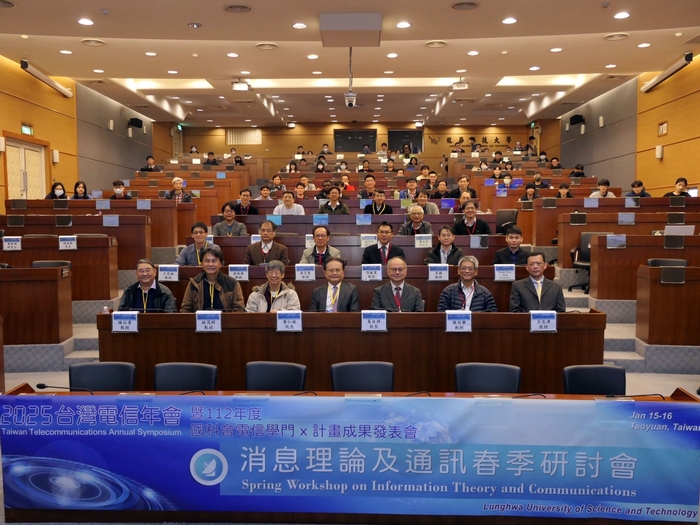
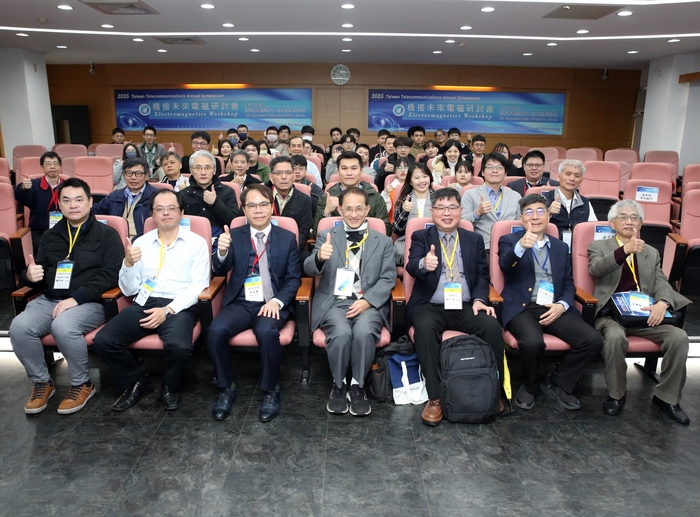
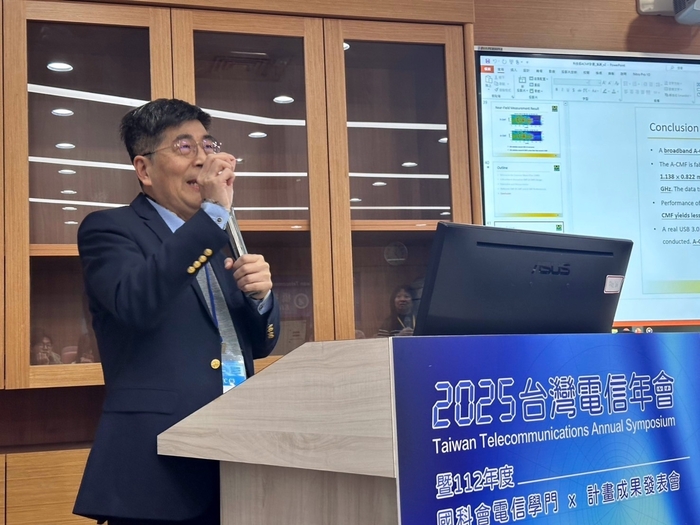
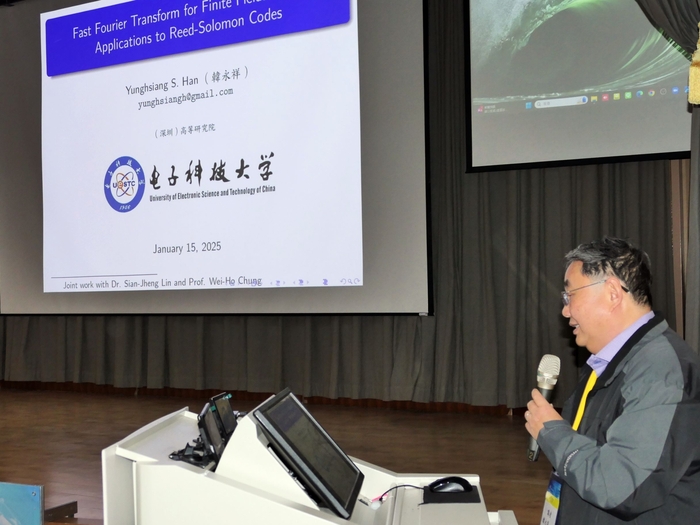
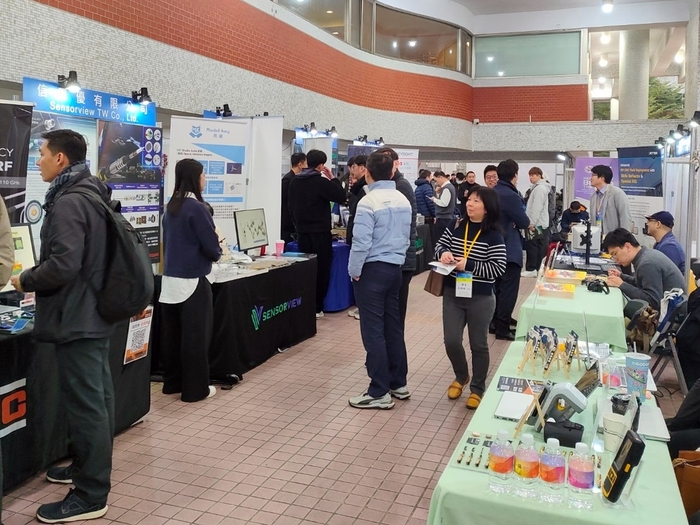
Secretariat Office, the Lunghwa University of Science and Technology
Contact: LI,CHIANG-SHENG
Office Phone: 82093211#2012
E-mail: lcs222@mail.lhu.edu.tw
